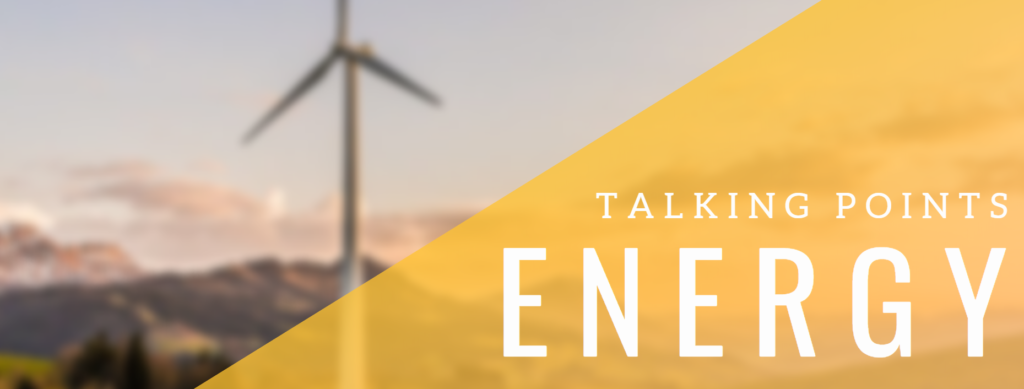
In today’s talking points, a Chinese company is set to create a solar energy farm in Australia, and Australian MP’s are looking at a nuclear energy option. In China, clean power generation capacity has also increased with optimized utilization, and Australia’s renewable energy system can encourage other countries to use green energy as well.
China company set to create a solar energy farm in Australia
Shanghai Electric has signed an agreement for a renewable energy project with SIMEC Energy Australia, through which the largest ground-based solar energy project in Australia, known as the Cultana Solar Farm Project, is set to be built.
The project will create 350 jobs through constructions, as well as deploy over 2,000 robots onsite for maintenance. Shanghai electric will also contribute to the project with engineering, procurement and construction, as a means to produce energy more smartly. The energy from Cultana will power approximately 100,000 homes by generating 600GWh per year through 780,000 solar panels.
This project is part of SINEC Australia’s $1 billion program to create 1-GW of renewable energy in South Australia. Bank of China, China Construction Bank and China Minsheng Bank are also working with an Australian partner to fund the project.
Sanjeev Gupta, CEO of GFG Alliance, the parent company of SINEC, mentioned that this agreement displays a new era of how Chinese companies function overseas, and the reach of these companies.
Source: China Daily
Australian MP’s looking at nuclear energy
Several Queensland Coalition MP’s are looking to reconsider the state of nuclear power in Australia.
Nuclear energy is currently banned as an energy source in Australia. However, Coalition MPS are to put forward a motion for the Senate to investigate the use of nuclear power as a source for energy.
Queensland MP Keith Pitt, a supporter of the inquiry, has stated: “All I am calling for is an inquiry as to whether it’s a feasible option to ensure we are up to date with the latest information.” He claims that nuclear energy has been reliable in Europe, lowering carbon emissions and reducing costs for power.
However, some do not agree with the motion. Jim Chalmers, treasurer for the Labor party, has stated, “I invite them now to put their hands up for which communities that they would like to see nuclear power stations built in.”
Source: The Guardian Australia
Clean power generation capacity increases with optimized utilization
China has been increasing the installed capacity of renewable energy as utilization has been optimized in the first three months of 2019. We saw 388.5 billion kilowatts of renewable energy in the first quarter of this year, up 13% year-on-year.
Successful management operations measure the optimization of renewable energy, which has been optimized by the country’s grid operators and their power companies in the past couple of years. This is to further ease the power waste or the curtailment for all of the renewable energy sources.
China is already the world leader in terms of the installed power generation of hydro-, wind and solar power. China has also been supporting medium-high economic growth with relatively low energy consumption growth.
Even though energy consumption is expected to climb in China, there is an assumption that China’s substation of clean energy for traditional fossil fuels might have a significant effect on its energy mix.
Although oil is still a major factor for the areas, the replacements of oil: natural gas, biomass, and renewable energy, will increasingly be playing a significant role.
Source: China Daily
Encouraging other countries to use green energy with Australia’s renewable energy system
Australia’s freshly elected government wants to build a new renewable energy system, by transforming the current Snowy Hydro plant, making it a massive “water battery.” This will help the country as it transitions from an electricity grid largely supported by fossil fuels, to one supported by renewable energy.
Snowy 2.0, a name for the transformed Snowy Hydro plant, is estimated to be finished by 2025 and will act as an example for other countries to improve their technology. It will also encourage them to transition to a 100 percent grid base supported by green energy.
Source: Financial Times

